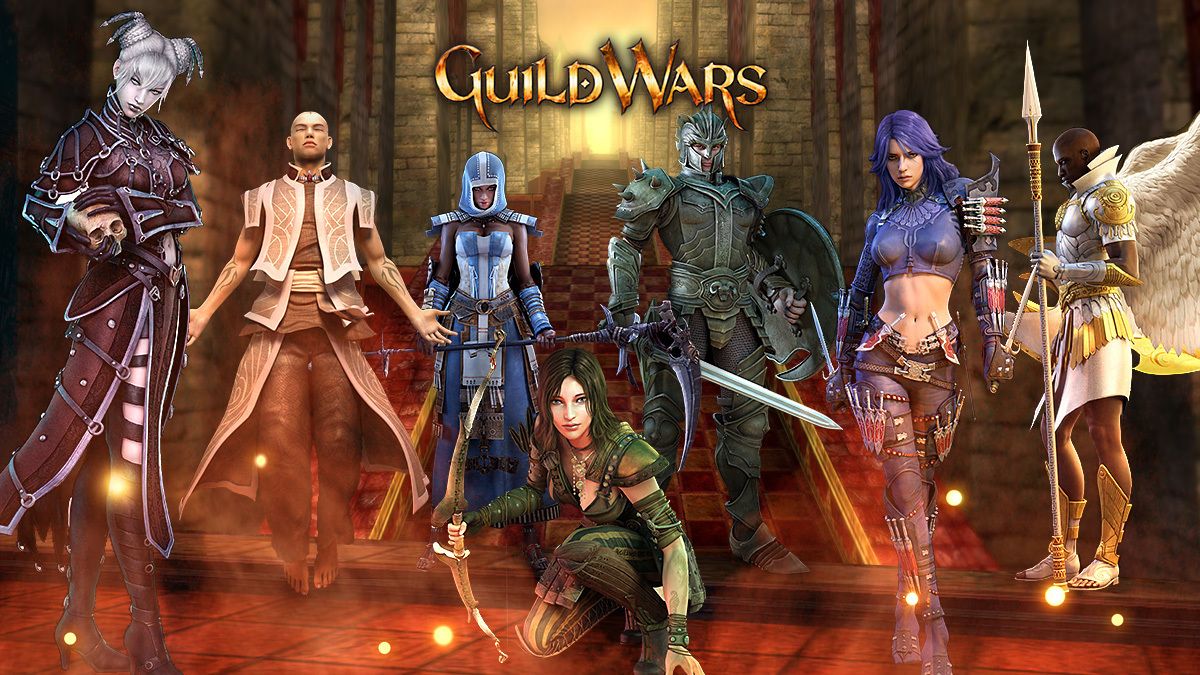Game On
Seattle has become an epicenter of the massive video game industry, and legions of Foster alumni are players
In an old family video from the mid-1980s, three-year-old David Lau issues a statement of professional intent as adorable as it is ambitious. “When I grow up,” he chirps, “I want to run Nintendo.”
“I actually used this in my application essay to the Foster School,” laughs Lau (BA 2002, MBA 2018), now a third-year student in Foster’s Evening MBA Program and founding president of the industry-centric student club, Level Up! “Running a game company is still my north star.”
His options have expanded considerably in the years since that childhood declaration.
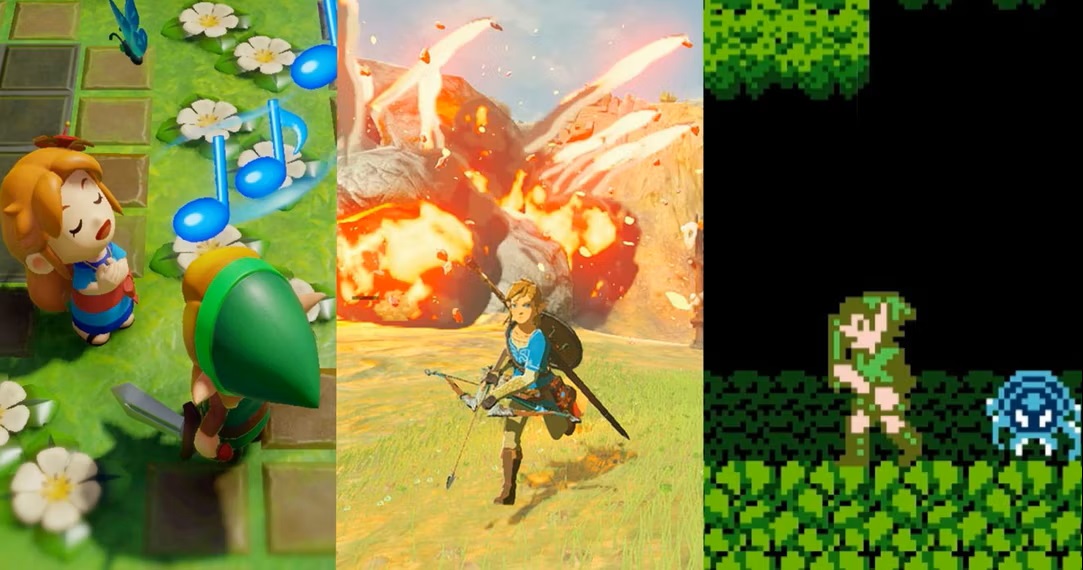
Today, Nintendo is far from the only game in Lau’s hometown. Within a 30-mile radius of Seattle you’ll find myriad titans of interactive entertainment: Microsoft, Valve, PopCap, GameHouse, Big Fish, Bungie, ArenaNet, Wizards of the Coast, to name just a few, plus a constellation of independent studios. The Seattle region has become a global mecca for game developers and players alike.
Perhaps unsurprisingly, Amazon has joined the action, too, through Amazon Game Studios, where Lau works as a senior product manager and game economist.
Big fish, huge pond
Beyond his day job, Lau sometimes lectures on the game industry. He says that its scale is what often surprises people the most.
The digital game industry is one of the fastest growing in the world, with global revenues from hardware and software expected to top $170 billion this year and hit $230 billion by 2022, according to a report by Digi-Capital. The research firm Newzoo counts 2.2 billion active gamers worldwide.
“When I tell people that the video game industry is three times the size of film and television combined, it’s mind-blowing,” Lau says. “Gaming is not as niche as you might think.”
Washington is a major player. Most of the state’s 400 game companies exist in the ecosystem around Seattle and the Eastside, supporting more than 23,000 jobs, generating $28 billion in annual revenues and producing multiple billion-dollar game franchises, according to the Washington Interactive Network.
Why Seattle? We posed that question to Lau and a baker’s dozen of the hundreds of fellow Foster alumni who have made careers in the industry, and came up with a wide range of explanations: A potent mix of artists, storytellers, software engineers and hackers. The presence of tech-minded schools like the UW and DigiPen Institute. An ethos of collaborative competition. Strong coffee that fuels creative endeavors. Persistent rain that inspires indoor pursuits.
Whatever the reason, Seattle’s modern gaming history certainly begins with the arrival of an old Japanese trading card company that would make famous a pair of sprightly pixilated Italian brothers on a heroic quest, a cartoon ape prone to hurling barrels and fireballs, a legendary princess, and a menagerie of elusive Manga monsters.
Founding players
In 1984, about the time that Lau was plotting his future, Nintendo established its US headquarters in Redmond, a gateway to North America. “Nintendo came here initially not because there was anything unique about the culture at the time, but because it was operationally efficient,” says Dylan Rhoads (MBA 2013), the product and communications manager at Nintendo Technology Development.
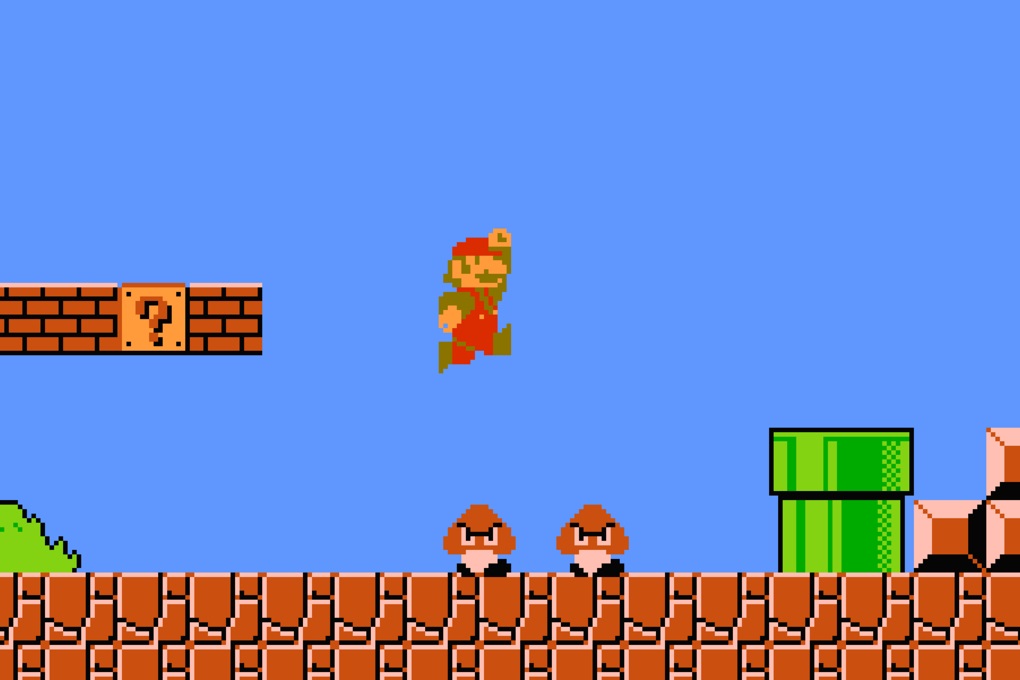
Nintendo of America brought gaming into homes and hands with the GameBoy, DS and Wii console systems, and introduced iconic digital franchises like Super Mario Bros., Donkey Kong, Zelda and Pokemon.
It also set the foundation on which a local industry would rise.
Wizards of the Coast came next, founded in 1990 by a game-loving Boeing analyst named Peter Adkison (MBA 1997). Wizards introduced Magic: The Gathering and reintroduced Dungeons & Dragons to a global audience. The analog fantasy games would inspire generations of digital strategy, adventure and role-playing games to follow.
Wizards also invented the notion of character “leveling”—or evolving—and even pioneered the modern “free-to-play” economic model of gaming in the earliest online version of Magic, according to Arron Goolsbey (MBA 2000), vice president of technology and divisional CIO at Wizards.
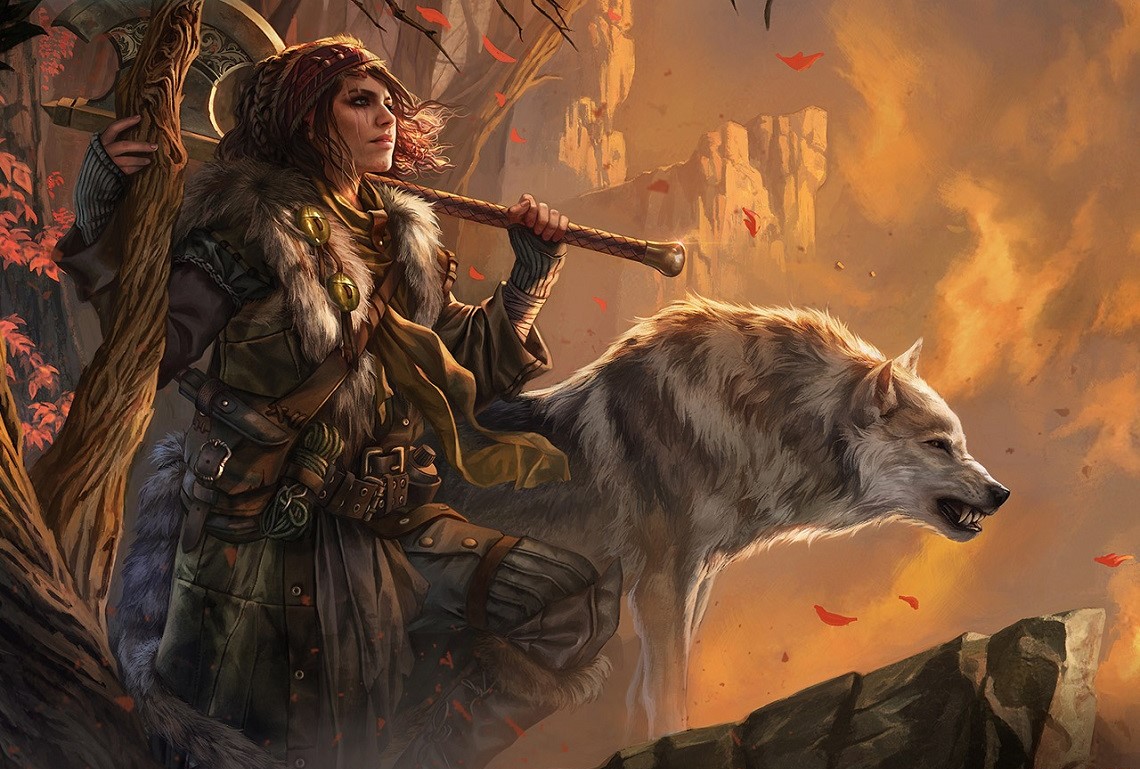
Bungie opened its doors in 1991 and created the first iteration of the Halo franchise, a wildly popular combat game now developed by 343 Industries, a subsidiary of Microsoft Game Studios.
And it must be said that the company first known for Windows and Office was also an early player in home gaming. Before the many iterations of the Xbox console system and blockbuster games such as Halo, Forza Motorsports and Minecraft, there was Microsoft Flight Simulator and Reversi on Windows 1.0, back in the early 1980s. “Gaming has always been a part of Microsoft’s DNA,” says Yusuf Mehdi (MBA 1992), former head of Xbox marketing and current corporate vice president leading the Windows and Devices Group.
Catching fire
Valve, another local gaming giant founded in 1996, developed hit action PC-based games like Half-Life, Portal, Counter-Strike and Dota (more on this one later). But Valve has made its most indelible mark on the gaming world through Steam, the dominant platform for online games of all genre. The two sides of the business go hand-in-hand, according to Tom Giardino (BA 2010) who leads Steam’s business development and efforts to connect game developers and players. “The core of our company is building games and software,” he says. “So a lot of our platform and strategy decisions are impacted by our game teams.”
In 2000, ArenaNet began developing the Guild Wars series of massively multiplayer online role-playing games (MMORPGs) sending mythical archetypes on epic adventures in a fantasy world.
That same year, PopCap Games began producing casual games with sunnier dispositions such as the beguiling Bejeweled and the eccentric Plants vs. Zombies, which proved as impossible to quit as it is to categorize. “PopCap was not set up to depend on any of its games to be a hit, which led to a lot more goofy little experiments and freedom to be creative,” says retired CEO Dave Roberts, now an advisor to Foster’s Buerk Center for Entrepreneurship. “We sold fun, and it’s hard not to be enthralled about a company where your customers are so in love with your products.”
More casual games came out of GameHouse, a division of RealNetworks, and Big Fish Games after the turn of the century. And scores of companies followed, especially once smart mobile devices reached ubiquity, democratizing the publishing and distribution of games, and expanding the demographic of game players from young bros to, well, everybody—from your two-year-old niece to your 92-year-old grandpa.
Today, the Seattle gaming scene spans the industry spectrum. It ranges from state-of-the-art consoles to online game portals, from immersive games of stunning artistry to whimsical distractions designed to pass the time on a long bus commute, from industry titans to tiny independent studios. Among the latter are Boomzap, Chris Natsuume’s (MBA 2006) global casual game company with artists and developers scattered across the planet, and Teagmore Games, the one-woman show of industry veteran Teagan Densmore (MBA 2010), creator of the charming Cracked.
“There is a wonderful, thriving indie community in Seattle,” says Kristen Mann, a graduate of Foster’s Executive Development Program and veteran of local game giants Monolith and ArenaNet. “It’s a place where small companies grow, and software developers dream of creating their own games. I’ve heard the story a million times.”
“Because of the concentration of successful game after successful game, it has made the industry gravitate to Seattle,” adds Lau. “Everybody is trying to catch lightning in a bottle.”
Enter e-sports
The latest bolt to hit the industry is electronic sports or e-sports, the logical evolution of the crowds that once gathered around a Pac-Man or Space Invaders virtuoso on a hot streak in the video arcade of yore.
It turns out that digital games make for compelling spectator sport as compelling as basketball, golf or poker. “Watching other people playing video games is simply living vicariously,” says Lau. “It’s no different than watching a football player play football, when you think about it. But most of us don’t even play football.”
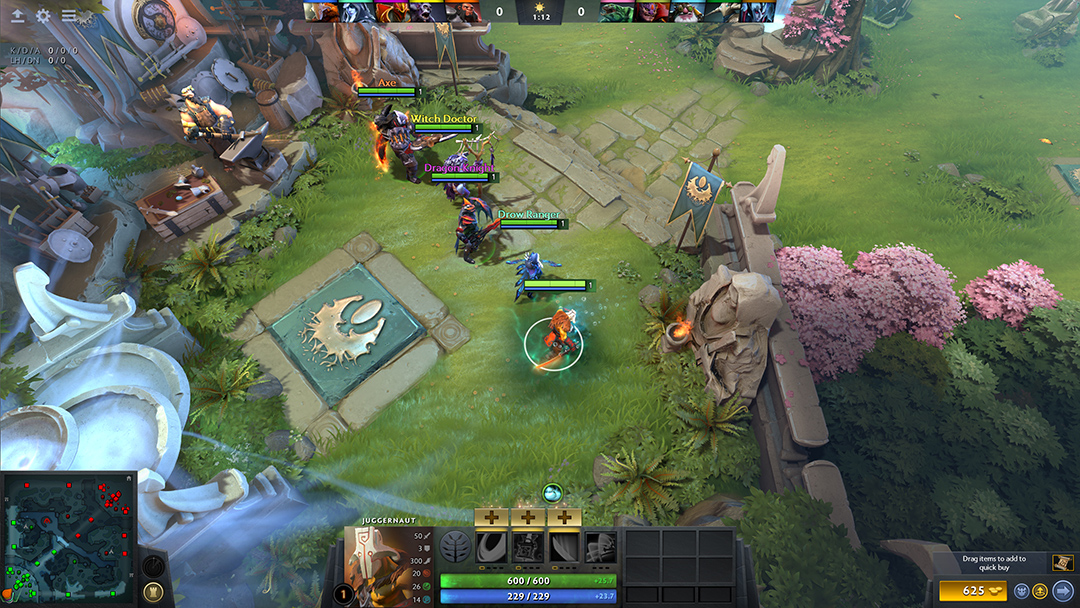
So now there are e-sports leagues and tournaments for a huge range of modern and retro games. These play out before a massive audience of 380 million viewers worldwide and generate nearly $1 billion in sponsorships, advertising and licensing, according to Newzoo. Competitive gaming is producing international stars worth millions.
Some of the biggest can be found at “The International,” the Super Bowl of gaming that is hosted by Valve each year. Fans pack Key Arena to watch the world’s best teams do battle in the Valve game Dota 2 for a purse that topped $26 million last year.
But tens of thousands of cheering e-sports fans crowding an arena in Seattle is small change compared to the daily audience of 15 million who watch live gaming on the online platform, Twitch, an Amazon subsidiary. Ganesh Baskaran (MBA 2013), head of product and strategy at Twitch Prime, explains that, more than the game play itself, viewers are drawn by the ability to interact directly with the players and listen in to their color(ful) commentary. Imagine being able to tap into the Seahawks’ huddle to ask Russell Wilson why he didn’t throw to Doug Baldwin, or to catch some choice smack talk by ex-Hawk Richard Sherman at the line of scrimmage.
“People are coming to expect a degree of interactivity in all forms of entertainment,” adds Rhoads of Nintendo, which sponsors its own league play around the world.
Level up
As the game industry has matured and mainstreamed, developers are increasingly leveraging modern business analytics to create more compelling experiences and better connect with players. “It all starts with great game design and fun game play,” says Chris DeWolfe (BA 1988), the CEO of Los Angeles-based Jam City Games, producer of blockbuster mobile confections like Panda Pop and Cookie Jam and the immersive Harry Potter: Hogwarts Mystery. “But you’re not going to have hit games unless you have great analytics and great marketing to back up the creative.”
That’s true of every company in an increasingly competitive industry. Seattle has been quick to embrace gaming’s modernity, with its marriage of science and art to create something commercially great.
Microsoft’s Mehdi speaks not of customers but of fans, who must be earned, engaged and enchanted in this new age of marketing.
In response to that growing fan base, local game studios are taking the lead in diversifying characters and tweaking game dynamics and objectives to appeal to many different sensibilities.
And they continue to push the boundaries of imagination with technology that continues to advance and astound. For instance, Nintendo recently unveiled the Switch, a hybrid portable/in-home game console with a DIY cardboard accessory called Labo that allows you to construct your own Switch-powered piano, fishing rod or motorcycle for unprecedented play.
“There’s real excitement in trying to do something totally new,” says Rhoads, whose Nintendo Technology Development team is charged with imagining his company’s next big thing. “Competing with this huge ecosystem of established players and startups to create something that is competitive and engaging and enjoyable is a huge challenge, but an exciting challenge.”
Amazon’s Lau agrees. “Games have become lifestyle,” he says. “If we want to convince players to spend hours—or hundreds of hours—in our games, we have to provide an experience of immersion that is not offered elsewhere.”
Future perfect
A most vivid example of this directive is a virtual reality game just released by Polyarc, a Seattle startup studio founded by ex-Bungie developers.
Moss, as played on the Sony PlayStation VR, transports you into the lushly rendered world of a fantasy adventure story whose hero is a little mouse named Quill. The sensation is visceral, like stepping into a Pixar movie. You look up and birds soar across the sky. You look down to find your own reflection in a pond. The mouse responds to your words and gestures as you collaborate in a noble quest, forming a bond that’s simply not possible in conventional stories or games. Critics have hailed it the most immersive game yet envisioned.
“Just the experience of looking around in this world is incredible,” says Shauna Sperry (BA 2007), who joined her former Bungie colleagues to lead HR—and write for the game—at Polyarc.
She notes that Moss is rated “E” for everyone. “And it truly is for everyone,” she adds. “This feels like the game you show a friend who hasn’t played in 20 years, or never at all.”
It evokes the response that is so craved by every game company in Seattle’s industry hotbed: beyond the business analytics and marketing metrics, love at first sight.
Putting the social in gaming
In the early 2000s, Robert Khoo (BA 2000) turned a struggling Seattle-based online gaming comic called Penny Arcade into an online media empire by applying a sustainable business model to harness its vast community of fans.
He extended that community with the Penny Arcade Expo, better known as PAX. Today, PAX Prime—the flagship of multiple expos around the world—brings 70,000 avid gamers to Seattle each summer to participate in what has been called the “Woodstock of gaming.”
The community of gamers has also fueled Child’s Play, a charity co-founded by Khoo that has raised more than $40 million to provide games and toys for patients in children’s hospitals.
“The spirit and original intent of Child’s Play has always been in the fabric of games, which are highly social activities,” Khoo says. “The idea that you could share these experiences through the gift of games to those less fortunate? It just worked.”
“E” for everyone
As in all tech industries, gaming has traditionally skewed young and male. But the dynamic is changing—perhaps more quickly in the aftermath of “#gamergate,” the reprehensible 2014 campaign of online harassment that targeted women who produce and play video games.
“Gamergate hit the industry like a bomb,” says Kristen Mann, a veteran of Seattle’s Monolith and ArenaNet.
But by exposing a real and raw problem, she says it also opened eyes and genuine dialogue throughout a rapidly maturing industry.
David Lau of Amazon Game Studios believes the industry must and will do more to reflect its evolving customer demographic: more women than men now play digital games worldwide.
“Change needs to be led by the companies in our industry,” he says. “And not only for diversity’s sake. It’s just good business.”
Free-to-play or forced-to-pay?
In the online era, the prevailing economic model for gaming is “free-to-play” or “freemium,” which allows players to begin with little or no upfront cost, then pay for incremental extras, upgrades or extended gameplay through microtransactions.
Graham Kays (MBA 2008), a senior project manager at Big Fish Games, believes the model offers greater value. “In the past, games were one-price-fits-all. Maybe you pay $60 for an off-the-shelf title, whether you spend 10 minutes or a thousand hours playing it,” he says. “The free-to-play model allows us to better match the offerings with the sensibilities and needs of users.”
While some see this model as terrific value and an opportunity to experiment, others decry the nickel-and-diming of game play and, in a few cases, introducing an invitation to buy an unfair advantage.
“At some level,” says retired PopCap Games CEO Dave Roberts, “it becomes a religious war.”
Like it or loathe it, free-to-play is here-to-stay.
Game to lead
Gaming technologies and mechanics are changing the face of many industries, including retail, healthcare, insurance and, especially, education.
Foster’s Center for Leadership and Strategic Thinking (CLST), for instance, is harnessing the power of gaming to accelerate leadership development.
An in-depth case study of Alaska Airlines spawned what center director Bruce Avolio terms a “gamulation”—game + simulation—developed with the Bellevue studio Recurrence. Liberty Air is a digital role-playing game that immerses teams into the lives of senior managers tasked with running a large and complex airline, addressing a litany of strategic challenges. Avolio says this dynamic and engaging application of the case method is being used at the UW and 60 other universities.
In 2016, the CLST acquired Zealyst, a developer of games that help identify affinity groups within in large organizations. Now, the center is adapting the platform to help student bodies form interest groups and corporations identify candidates for advanced leadership development.
Most recently the CLST secured a $200,000 seed grant from the National Science Foundation to develop a gamulation, with real and real-time data, for accelerating the development of entrepreneurial leaders in high-tech enterprises. And T-Mobile has contracted the center to develop a gamulation to train its managers in retail and care centers.
At the end of the day, it’s all about transforming people with modern sensibilities into strategic leaders, whatever their title.
“We’re trying to show that leadership is more a way of thinking and a role versus a title. You don’t have to be a president or CEO. People can lead in many ways,” says Avolio, the Mark Pigott Chair in Business Strategic Leadership at Foster. “Through games and gamulations, we can expose students to a range of experiences that help them understand this.”

